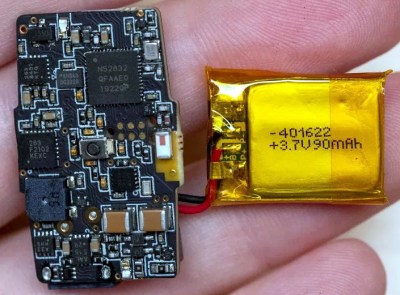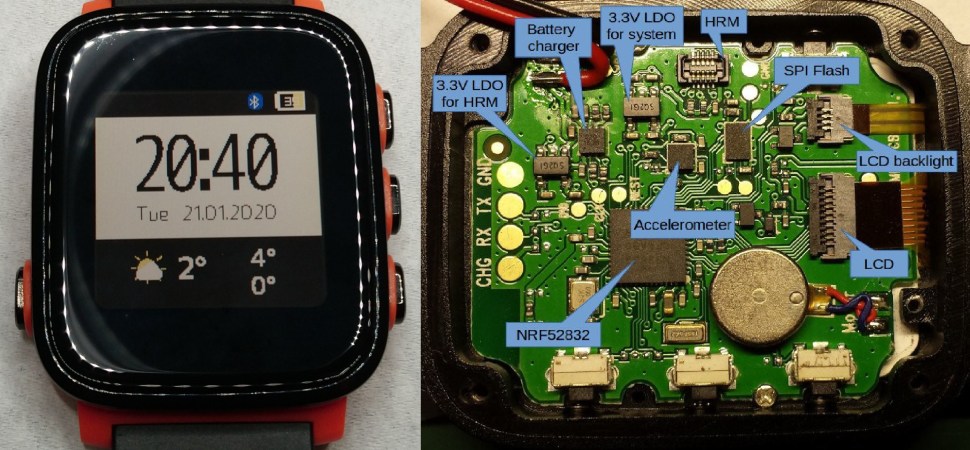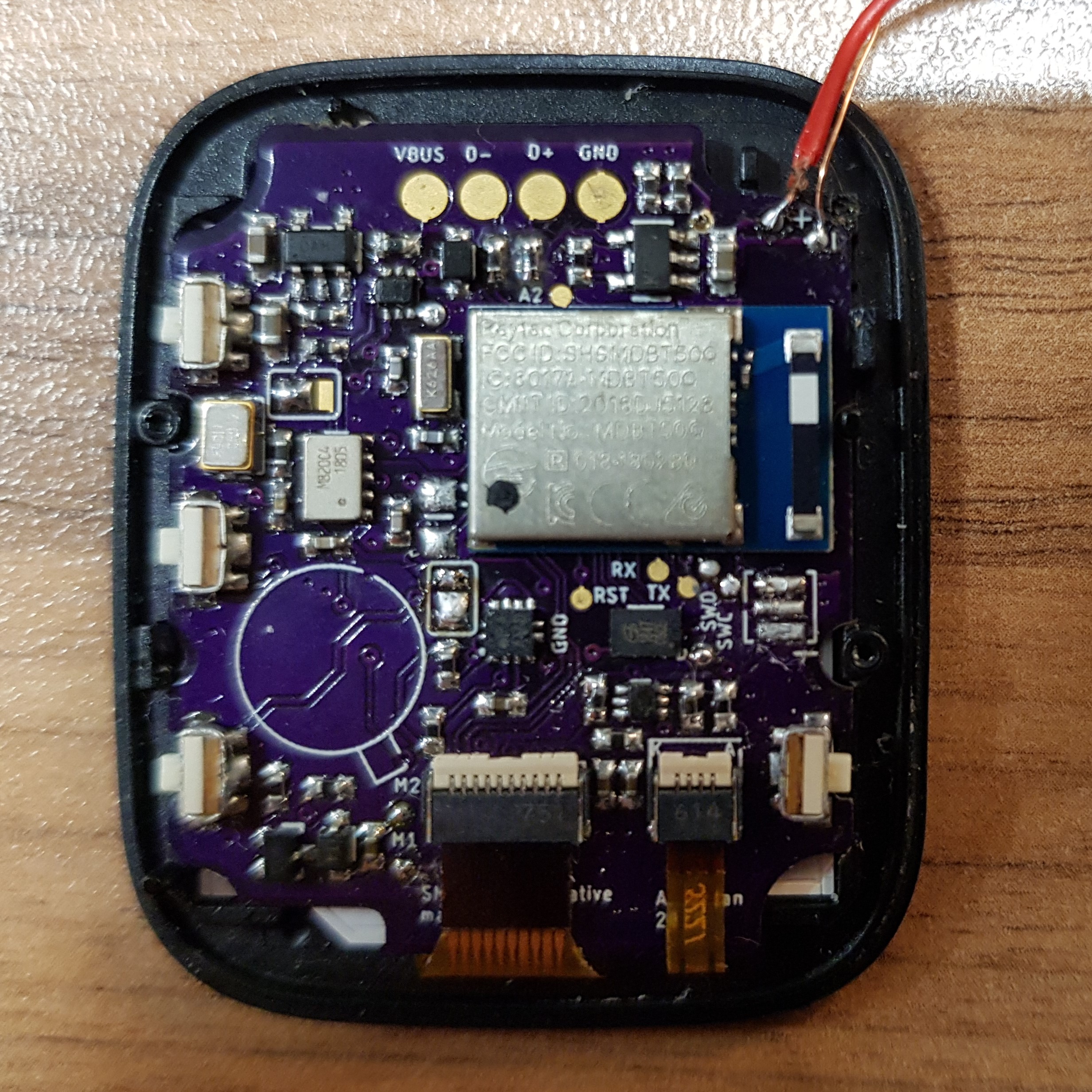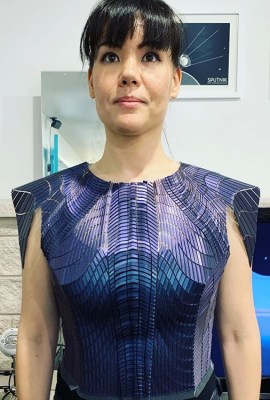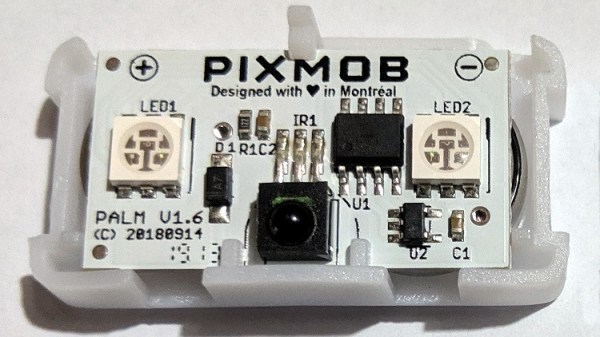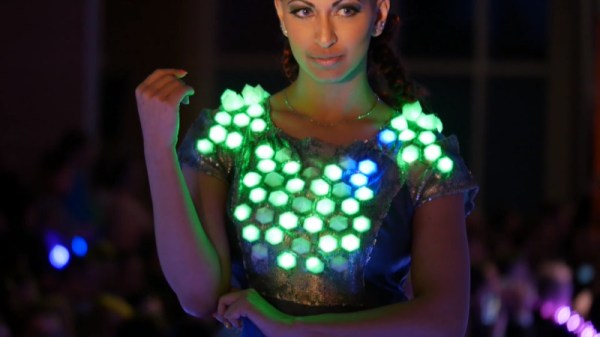Being out and about with your devices rapidly running out of battery power can rapidly turn into a sticky situation. Suddenly you find yourself unable to hail rideshares and incapable of transferring money around. For the fashion conscious who wish to avoid this, [Kitty Yeung]’s design may be a valuable addition to their summer closet.
The project starts with [Kitty] sewing an elegant bodice and shorts out of a silky silver material. This fabric tends to fray when cut, so fabric glue and iron-on tape was used to protect the edges. This also makes sure the garment doesn’t fall to pieces when washed or worn often. Ribbons, pockets, and other features were designed into the garments to integrate them with hardware to enable the garments to act as a portable charging solution. 3D-printed brackets are affixed to the shoulders, holding a solar panel in an upward-facing angle to catch a good amount of sun. The panel chosen integrates circuitry to output a nice, clean 5V output for charging devices over USB.
It’s a fashionable outfit that also packs useful hardware, and we agree with [Kitty] that it really would be perfect for Burning Man. The cone hat was a nice touch, too. It’s not the first time we’ve heard from [Kitty] either – she appeared as a speaker at 2018’s Hackaday Superconference, too!



